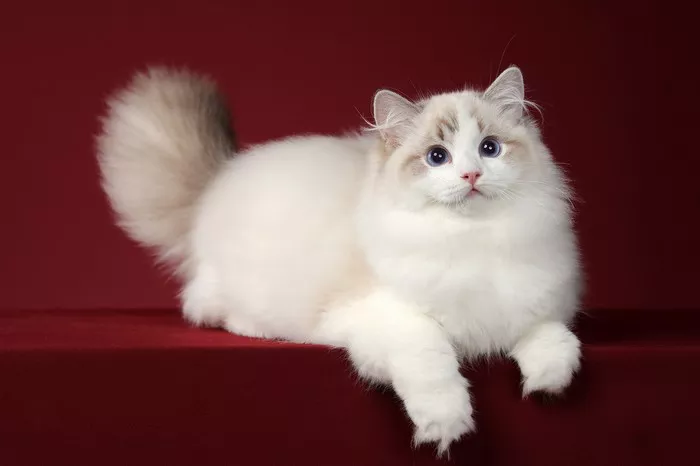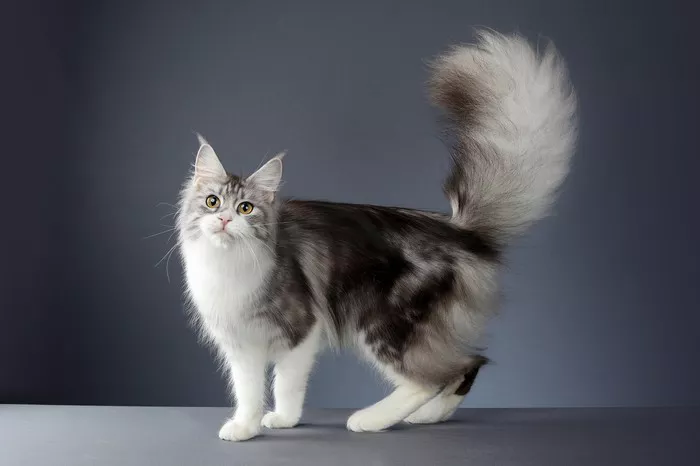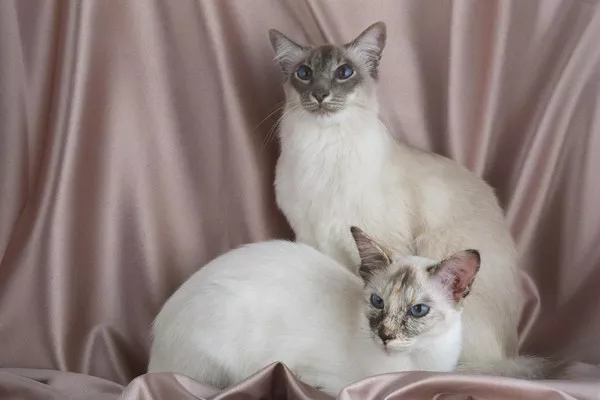Cats, with their mysterious charm and unique dietary habits, often leave their human companions pondering over the intricacies of feline nutrition. One common concern revolves around the choice between wet and dry cat food. While many feline enthusiasts appreciate the convenience and shelf stability of dry food, questions arise about whether an exclusive dry food diet fulfills a cat’s nutritional needs. In this article, we delve into the nuances of feline nutrition, examining the benefits and potential drawbacks of relying solely on dry cat food.
Understanding Feline Dietary Requirements
Obligate Carnivores:
Cats are obligate carnivores, which means their evolutionary and biological makeup is designed for a diet primarily composed of animal-based proteins. Essential nutrients like taurine, arachidonic acid, and certain vitamins are crucial components of a cat’s diet, and they are most efficiently obtained from animal tissues. Recognizing the carnivorous nature of cats is fundamental to making informed decisions about their nutrition.
Balanced Nutritional Intake:
Achieving a balance of essential nutrients is key to supporting a cat’s overall health. Proteins, fats, vitamins, and minerals must be present in appropriate quantities to meet their unique requirements. While cats can consume some plant-based foods, obtaining these nutrients from animal sources is more biologically natural and beneficial for their well-being.
Analyzing the Composition of Dry Cat Food
Convenience and Shelf Stability:
Dry cat food, commonly known as kibble, offers undeniable convenience to cat owners. Its extended shelf life, ease of storage, and reduced messiness make it a practical choice for many households. The ability to leave dry food out for free-feeding suits the independent nature of cats, allowing them to nibble throughout the day.
Dental Health Considerations:
Another perceived benefit of dry cat food is its potential role in dental health. The crunchy texture of kibble is believed by some to help reduce plaque and tartar buildup, promoting healthier teeth and gums. While dental health is a crucial aspect of overall well-being, it’s essential to assess whether dry food alone is sufficient for addressing these concerns.
Is an Exclusive Dry Food Diet Adequate?
Protein and Nutrient Content:
One of the primary concerns associated with an exclusive dry food diet is the potential inadequacy of essential nutrients. While many commercial dry cat foods are formulated to meet feline nutritional requirements, the quality and source of the ingredients vary. Cats require high-quality animal proteins, and if the primary ingredients in dry food are plant-based fillers, there may be a shortfall in crucial nutrients.
Hydration Challenges:
Unlike wet cat food, dry kibble contains minimal moisture. Cats are notorious for their low thirst drive, a trait inherited from their desert-dwelling ancestors. An exclusive dry food diet may contribute to insufficient hydration levels, potentially leading to urinary tract issues and kidney-related concerns. Adequate water intake is vital for a cat’s overall health, and evaluating their hydration needs is crucial when considering their diet.
Obesity and Weight Management:
Dry cat food tends to be energy-dense, and cats may consume more calories per gram of dry food compared to wet food. The free-feeding approach, while convenient, can lead to overeating and contribute to obesity—a significant health concern in cats. Managing portion sizes and monitoring weight are crucial aspects of ensuring a cat’s dietary habits align with their energy requirements.
Individual Variability:
Cats, like humans, exhibit individual variability in their nutritional needs and preferences. While some cats thrive on an exclusive dry food diet with no apparent health issues, others may develop sensitivities or nutritional imbalances. Regular monitoring of your cat’s overall health, coat condition, and litter box habits can provide insights into the suitability of their diet.
Enhancing the Dry Food Diet
Supplemental Hydration:
To address the moisture deficit in dry cat food, consider incorporating supplemental hydration strategies. Wet cat food, cat-friendly broth, or even adding water to dry kibble can contribute to increased water intake. Observing your cat’s drinking habits and taking proactive measures to encourage hydration is essential for their urinary and kidney health.
Rotation with Wet Food:
Introducing variety into your cat’s diet can be beneficial. While dry food may serve as a staple, incorporating wet cat food into their routine provides additional moisture and diversifies their nutrient intake. This rotation strategy helps address potential nutritional gaps and ensures a more well-rounded diet.
High-Quality Protein Sources:
Opt for high-quality dry cat food with animal-based proteins as the primary ingredients. Reading labels and selecting products that prioritize meat content over fillers is essential. Investing in premium brands that adhere to strict nutritional standards contributes to the overall nutritional adequacy of the dry food.
Transitioning to a Balanced Diet
Gradual Introductions:
If you wish to transition your cat to a more balanced diet, do so gradually. Sudden changes in diet can upset a cat’s stomach and lead to digestive issues. Mix small amounts of wet food into their dry food, gradually increasing the proportion over time. Monitoring their response and adjusting the transition pace based on individual preferences is key.
Veterinary Guidance:
Consulting with your veterinarian is invaluable when making significant changes to your cat’s diet. They can provide personalized recommendations based on your cat’s age, health status, and individual needs. Regular veterinary check-ups allow for proactive health management and early detection of any issues related to diet.
See Also: Can Kittens Eat Sardines? Vet-Reviewed Nutrition Facts & FAQ
Conclusion
In the realm of feline nutrition, the question of whether an exclusive dry food diet is suitable for your cat warrants careful consideration. While dry cat food offers undeniable convenience, addressing the potential shortcomings, such as hydration challenges and nutrient imbalances, is crucial. Balancing your cat’s diet, monitoring their health indicators, and making informed choices based on their individual needs contribute to their overall well-being. Whether your feline companion thrives on dry food alone or benefits from a combination of wet and dry options, the key lies in understanding and responding to their unique nutritional requirements.


























